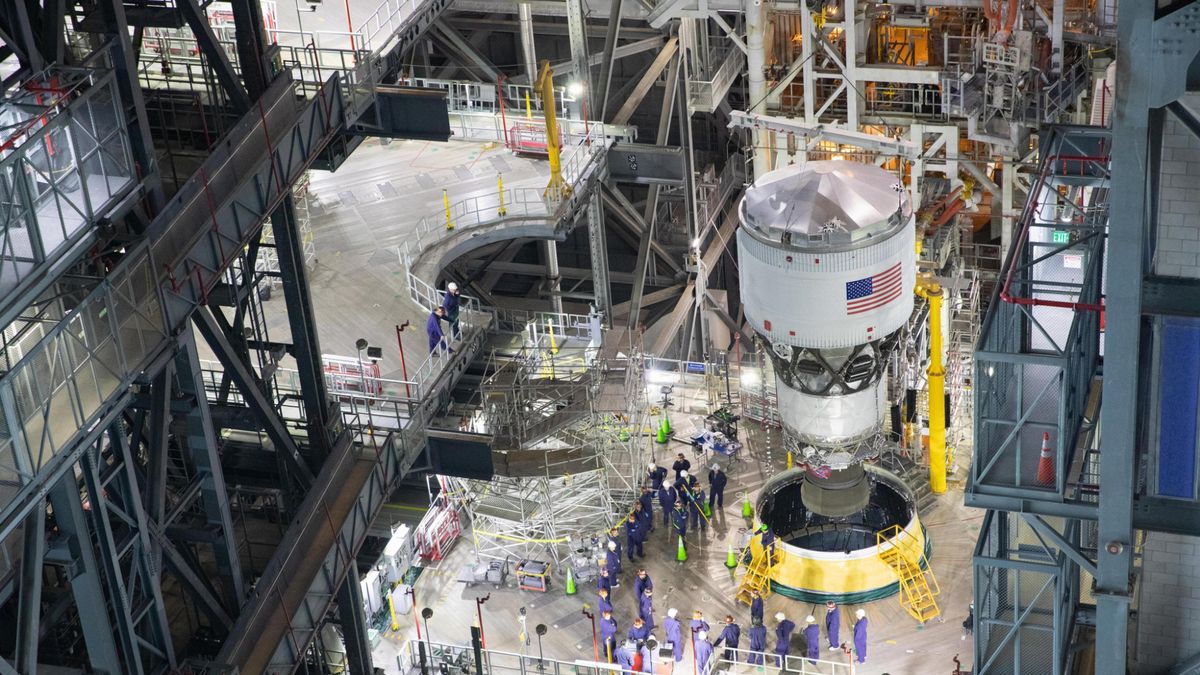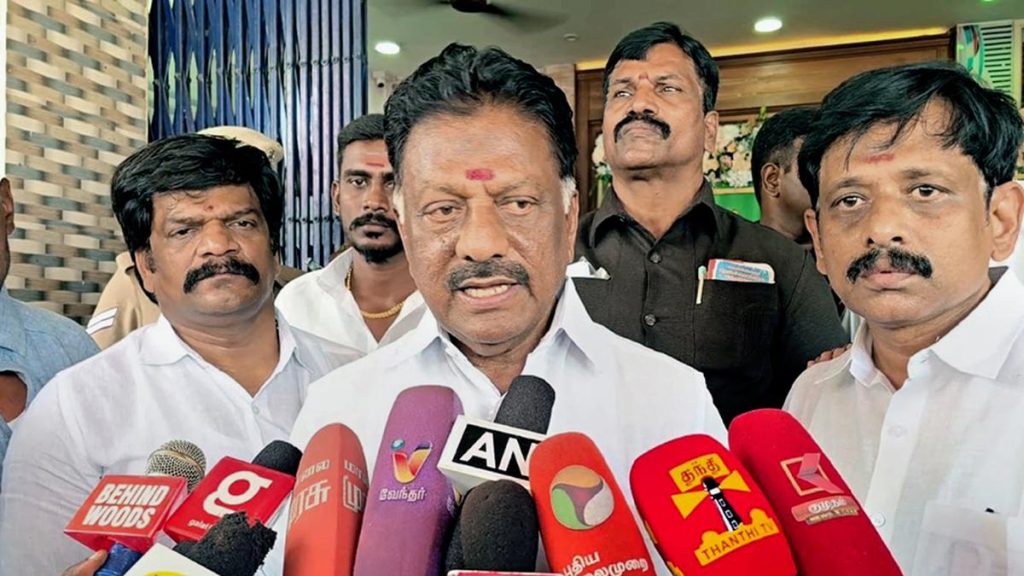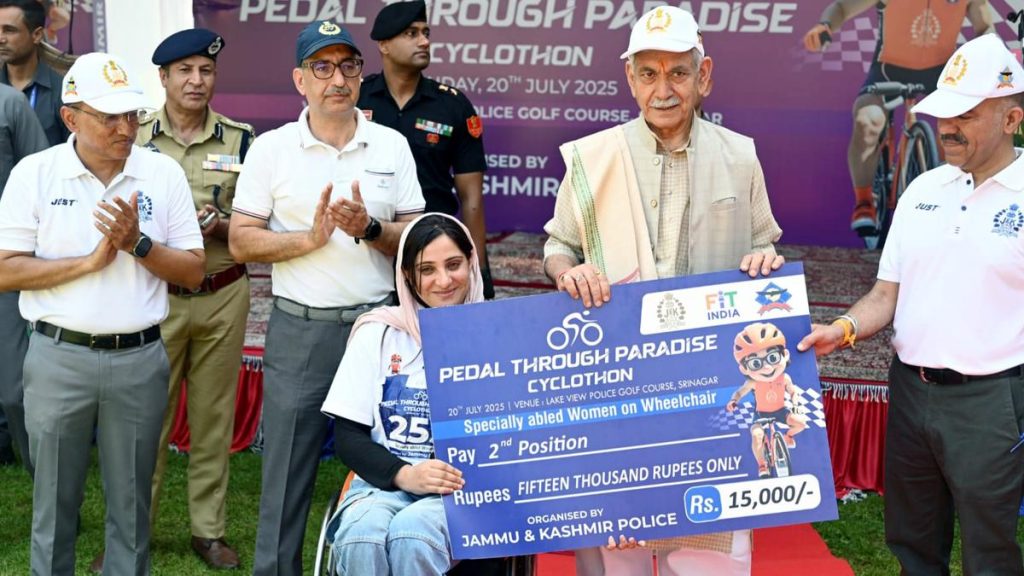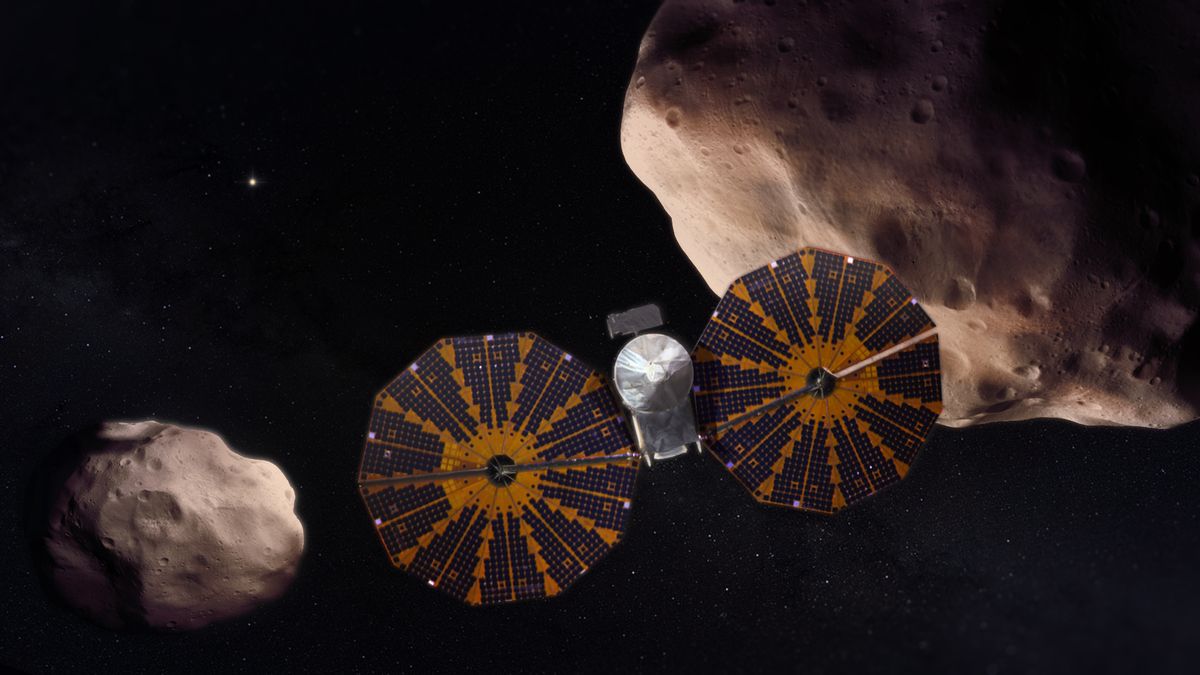Now Reading: NASA’s Artemis 2 Moon Rocket Advances Amid Efforts to Scrap Space Launch System
-
01
NASA’s Artemis 2 Moon Rocket Advances Amid Efforts to Scrap Space Launch System
NASA’s Artemis 2 Moon Rocket Advances Amid Efforts to Scrap Space Launch System

Quick Summary:
- NASA’s Artemis 2 mission, set to launch in early 2026, is making progress with the assembly of its Space Launch System (SLS) rocket inside the Vehicle Assembly Building (VAB) at Kennedy Space Center, Florida.
- The rocket’s Interim Cryogenic Propulsion stage (ICPS), responsible for steering the Orion spacecraft and astronauts into a trajectory around the moon and back to Earth, was successfully stacked onto the launch vehicle on May 1.
- Astronauts Reid Wiseman, Victor Glover, Christina Koch (NASA), and Jeremy Hansen (canadian Space Agency) will fly aboard this mission as part of NASA’s Artemis program focused on lunar exploration and eventual Mars missions.
- Delays since Artemis 1 in November 2022 have been attributed to damage sustained by Orion’s heat shield during atmospheric reentry. This caused setbacks for both Artemis 2 and Artemis 3.
- The planned Artemis timeline includes a moon flyby during Artemis 2 in early 2026 and a lunar landing with Starship assistance during Artemis 3 targeted for late 2027.
- Political developments may affect future SLS launches; budget proposals from previous administrations suggest potential cancellation of SLS after Artemis 3.
Indian Opinion Analysis:
The advancements in NASA’s Lunar-focused efforts-notably addressing issues such as spacecraft wear-highlight continuous technological evolution necessary for bold goals like Mars exploration. As India itself ramps up its space initiatives under ISRO with Moon-centric programs like Chandrayaan missions or ambitions such as Gaganyaan crewed flights, cross-comparative insights could enrich planning strategies. Notably affected by geopolitical dynamics themselves-space goals globally highlight growing collaborative multilateral chains impact longterm dependency Paris establishment Global peaks problems. However close Study collaborations helpful Potentially”%( Major
























